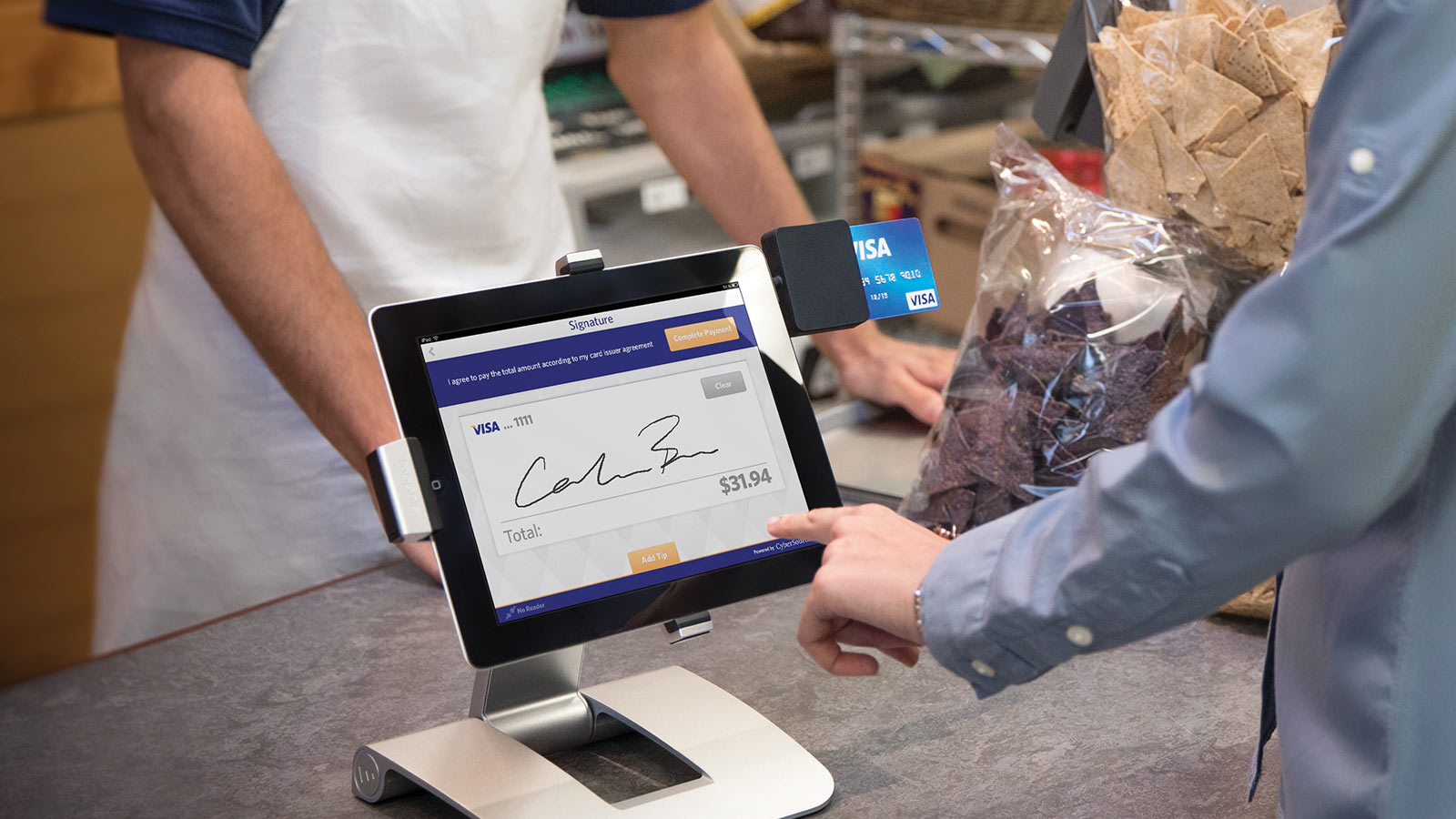With the continual growth in the e-commerce market, as well as the constant release of new technologies which are affecting the way consumers research, shop, and buy goods and services, 2017 looks set to be another eventful year for businesses. If you’re keen to stay on top of the latest trading information so that you can help your venture to keep growing, read on for some of the likely payment trends we’ll see in 2017.
Increase in Mobile Payments
One of the main payment trends shaping the future at the moment is an increase in mobile transactions. Consumers across the country (and the globe) are showing a rising willingness to adapt to and utilize mobile payment methods, and merchants are quickly having to keep up with the demand. In fact, according to a report from BI Intelligence, the growth of the mobile point-of-sale (mPOS) market through 2021 is expected to be phenomenal, with the amount of mPOS devices in circulation in the United States forecasted to hit 27.7 million by 2021, up from only 3.2 million in 2014.
Mobile point-of-sale devices are incredibly popular with businesses who want to convert more sales and enjoy better flexibility, whether it’s with smartphones, tablets, or specific payment-processing gadgets. Organizations that don’t have a brick-and-mortar setup and who want to be able to accept payments on the go or at venues such as conferences, trade shows, pop-up shops, food vans, client homes, and the like, can be set up with a mobile payment system in just minutes.
While retailers have been leading the way when it comes to mobile payments, many other industries are also getting in on the trend now too. Businesses such as cafes and restaurants, for instance, which have peak periods, can take advantage of mobile payment systems to increase point-of-sale offerings and thereby get customer payments finalized more quickly. This not only keeps consumers happy, but also allows merchants to process more payments per hour too, and thereby increase turnover.
Demand for Mobile Wallets Is Growing
With so many consumers spending a lot of time on their smartphones each day, it’s no surprise that there is an increasing demand for merchants to accept payments via mobile wallets. While they’re not mainstream just yet, the day when they are is certainly coming.
Consumers are reporting that the “tap and pay” action involved in a mobile wallet is comfortable and easy for them because it is so similar to the quick swipe action that used to be involved in magnetic-stripe credit card payments. For businesses, transactions made through mobile wallets can hopefully provide many valuable insights about sales which can then be used to enhance the shopping experience for customers and generate higher sales in turn.
While a couple of years ago Apple was really the only main player in the mobile wallet market, today Google and Samsung are growing the field rapidly with their own mobile wallets. Other companies, such as Chase, Kohl’s, and Wal-Mart have also entered the market, which is likely to see it expand further soon.
As well, it seems that the millennials demographic will drive the growth in this type of payment. According to data from a Fiserv study released last year, while only 16 percent of the general population had used a mobile wallet at the time, 33 percent of “late millennials” and 36 percent of “early millennials” had done so. With these consumers, as well as upcoming Gen-Z gaining spending power over the coming years, this could radically drive the popularity of mobile wallets.
Increase in On-Demand Shopping
As consumers become more and more savvy and more expectant of a top customer experience, they are increasingly keen to enjoy on-demand shopping at the retailers they deal with. Rather than having to wait in line for products, as used to be the case, today customers like to be able to use online ordering, mobile applications, and tech-driven kiosks to purchase products ahead of time. They can then arrive in store to pick up their items when it suits them without having to wait.
Both retail and cafe/restaurant hospitality merchants are now catering to this demand and are enjoying better flow within their stores as well as benefits when it comes to repeat business and customer loyalty. The growth in this area is set to keep on going too, with one report stating that the interactive kiosks market, for instance, is expected to grow at a CAGR of 9.2 percent through 2020, building up to USD $73.35 billion.







